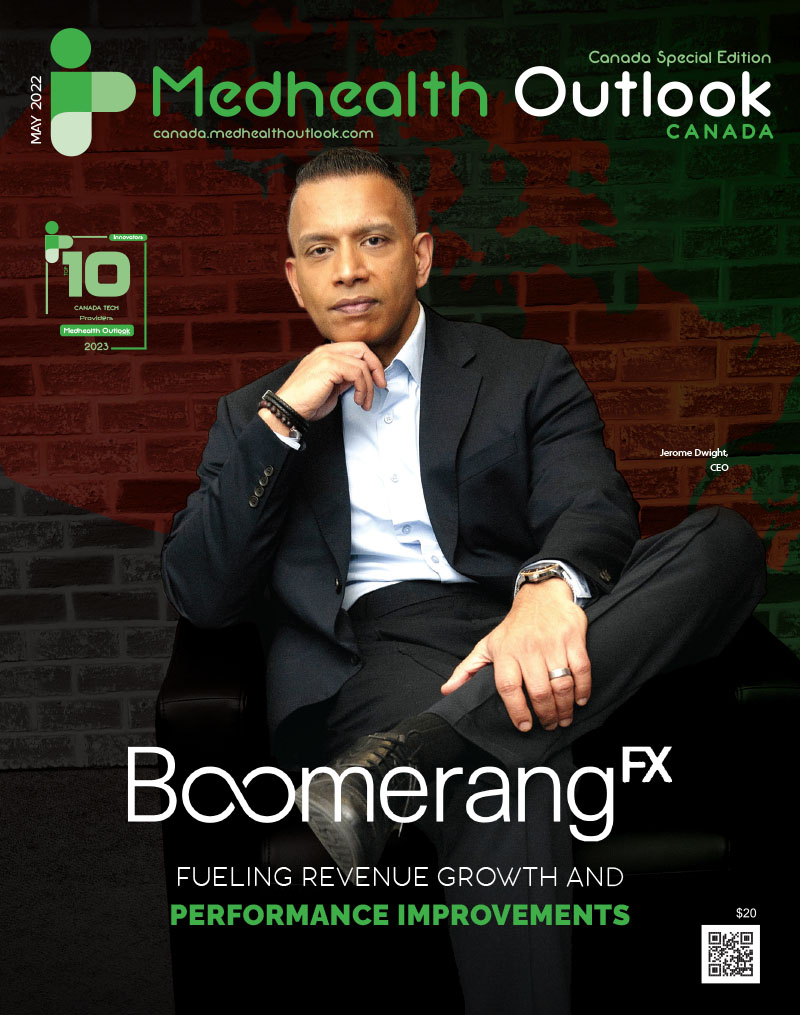In many life science organizations alliance management is not yet as well established as other functions that have better developed processes and more standardized operational and strategic contributions. It can be seen as more of an art than a science and stakeholders may not clearly understand how alliance management can contribute to decision-making because they do not directly own the success of alliances. Rather they depend on a network of stakeholders within and across organizations to generate results.
Alliance management’s unique insights come in many forms: early leanings gleaned from interactions and discussions with external partners and internal stakeholders, the identification of risks and opportunities within alliances, and the portfolio view of these across alliances. Combined with accumulated experience in inter-organisational relationships these insights help make good and timely decisions across the alliance portfolio to maximize its value.
As companies in the pharmaceutical industry expand their reliance on partnerships, tapping into this knowledge and optimizing the value delivered by the alliance management function is key. This delivers measurable results in terms of time to market, risk reduction, knowledge and capacity development, as well as revenue generation. It also supports an increasingly important imperative to become a partner of choice in order to attract the best partners and opportunities.
So what’s holding companies from using this hidden superpower? A common challenge is that alliance management knowledge tends to be inconsistent and unstructured. It is usually kept in emails, spreadsheets or documents in incomplete and inconsistent formats or even not captured anywhere except in people’s memories. Unsurprisingly many of the alliance managers we survey tell us they spend too much time on administrative tasks – manually gathering information from various stakeholders, preparing reports and answering ad hoc requests. Consistency, proactivity and repeatability are uncommon because they are difficult to achieve and maintain without concerted effort. This, combined with the relatively high turnover rate in alliance management teams is far from ideal.
Alliance management leaders have an opportunity to clarify their contributions to the organization and structure their knowledge in a meaningful way. This will enable them to standardize and automate much of the regular information sharing that is required with their many stakeholders to drive better business decisions.
Meeting the moment
A holistic vision is needed to systematically and sustainably improve decision-making, particularly when these decisions involve several stakeholders across departments, business units and organizations. As a first step, alliance management teams can identify key stakeholders and define how to best engineer support for their interactions with each of these groups. The aim is to move towards repeatable, scalable processes so that decisions are backed by predictable, quality data, information and knowledge. Then they can track the success and impact of their decisions and improve over time.
Alliance management leadership can take actions in four key areas to drive better business decisions through strategic alliance management intelligence:
Setting the North Star
Well-defined goals are the hallmark of good alliances, especially when multiple stakeholders are involved. It is also a reference point when things get muddy and tough decisions need to be made.
The end goals of each alliance should be clear, agreed upon by stakeholders, kept up to date and easily accessible. A central repository can be set up by alliance management and used by stakeholders to self-serve this information and keep everyone in the loop about important updates and changes which are common in alliances.
Driving alignment
Alignment doesn’t happen until your teams are using the same data. To be able to prioritize goals and make decisions collaboratively, you need to know:
> where you are today
> what good looks like
The alliance management function can proactively lead with key stakeholders in analyzing the situation, identifying gaps between end goals and the current status, and by ensuring that key decision-makers are involved early to support the decisions and actions that are needed. By standardizing the types of insights provided by alliance management to stakeholders, this process improves over time as we learn about the types of information and interactions that lend the right results.
Tracking and measuring progress
You can manage what you don’t measure, but… by defining and tracking relevant data and information, we can generate clarity, align on critical issues and foster creativity and innovation to optimize the value of your alliance portfolio.
Strong alliance management teams proactively seek insights to decisions and strategies to strengthen alliance management contributions. Standardizing terminology and data capture across the alliance management team enables aggregation of insights across different levels of analysis whether individual alliances, types of alliances or the entire portfolio. Each audience will have different needs, whether they are Boards of Directors, Executive Committees, Divisional heads, Steering Committees or business function stakeholders. The data collection strategy should consider these needs in addition to those of the alliance management team.
Using the right tools
Give me a lever long enough… Through the proper use of tools and resources you can do a lot more than you could through straight brute force methods. This in turn will enable you to free valuable Alliance Manager time from administrative tasks and focus on higher-value activities such as risk management, relationship, and opportunity development.
A specialized digital platform can help alliance management functions organize, streamline, and automate much of the time-consuming administrative tasks carried by Alliance Managers while improving the flow of information, knowledge, and decisions within your organization. It also mitigates the risk of key people departing with unique knowledge forcing important decisions to be delayed or based on incorrect information. It enables real-time access to up-to-date information by stakeholders to gain the agility needed by your organization and enables the alliance management function to contribute meaningfully at a strategic level within the organization.
As the future of life science depends increasingly on collaboration, alliance management is becoming a critical competency. Leading organizations of all sizes are investing in developing their strategic alliance management from tactical and reactive to proactive and strategic. This integrating role within an organization supports leadership imperatives to be a partner of choice and attract the best opportunities. It also makes the organization more adaptive in the face of turbulent times, drives better business decisions and results in competitive advantage.













